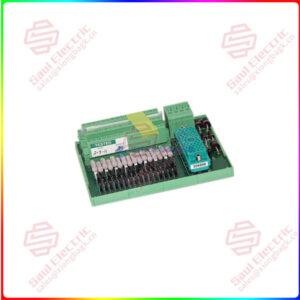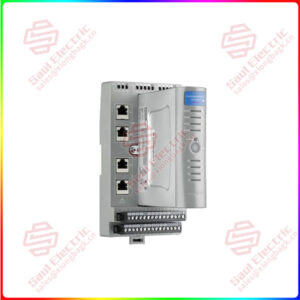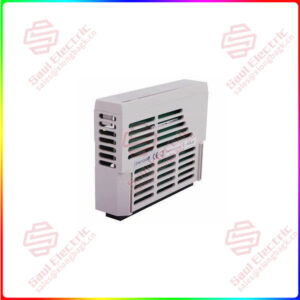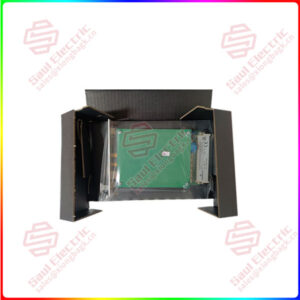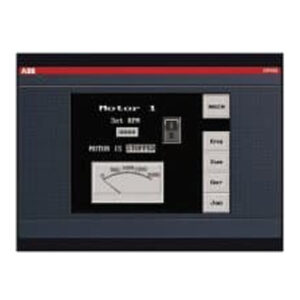Description
Overview
Essential details:VE4003S2B1 Standard I/O Termination Block
lf you need to inquire or purchase ,please send the product models to my email or call medirectly .
sunny He
[Email] sales@saulcontrol.com
[Mobile] 86-18059884797
[WhatsApp] 86-18059884797
[Skype] sales@saulcontrol.com
VE4003S2B1 Standard I/O Termination Block
A Standard I/O Termination Block is a hardware and VE4003S2B1 software component used to handle input and output operations, providing a standardized interface between a computer system and external devices. The working principle of a standard I/O termination block can be summarized in the following steps:
1. Device initialization: Before performing input and output operations, you need to initialize external devices, including setting device parameters and enabling devices.
2. Read the input data: The external device sends the input data to the input buffer of the standard I/O termination block.
3. Data processing: Standard I/O termination blocks process the input data, such as VE4003S2B1 converting the data format and checking the validity of the data.
4. Write output data: The standard I/O termination block writes the processed data to the output buffer.
5. Output data transfer: The standard I/O termination block transfers the data in the output buffer to the external device.
6. Shut down devices: After the input and output operations are complete, shut down external devices to release resources.
The working principle of a standard I/O termination block can be achieved in the following ways:
1. Input/output interface: Standard I/O terminating block provides a standardized VE4003S2B1 input/output interface, so that different external devices can communicate with the computer system and data transmission.
2. I/O Controller: The I/O controller in the standard I/O termination block is responsible for managing I/O operations, including converting I/O requests into specific control signals, and transferring data from external devices to the computer system.
3. Input/Output buffer: The input/output buffer in the standard I/O termination block is used to temporarily store input/output data, reducing the impact of input/output operations on computer system performance.
4. I/O drivers: I/O drivers in standard I/O terminating blocks are responsible for converting I/O requests into specific device commands and transferring data from the computer system to external devices.
5. Input/output applications: The input/output applications in the standard I/O termination block are used to process input/output data, such as reading files, writing files, printing files, etc.
Through the working principle of the standard I/O termination block, the computer system can communicate and transmit data with various external devices, realizing the standardization and normalization of input and output operations, and improving the reliability and stability of the system. At the same time, the standard I/O termination block can also improve the efficiency and speed of input and output operations, and reduce the occupation of computer system resources.


 1 Year Warranty
1 Year Warranty

